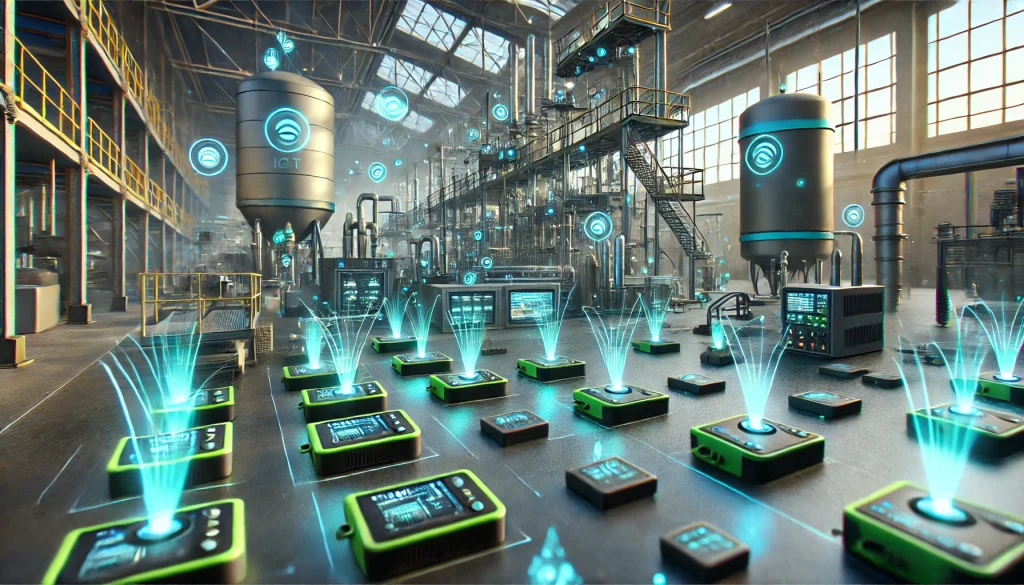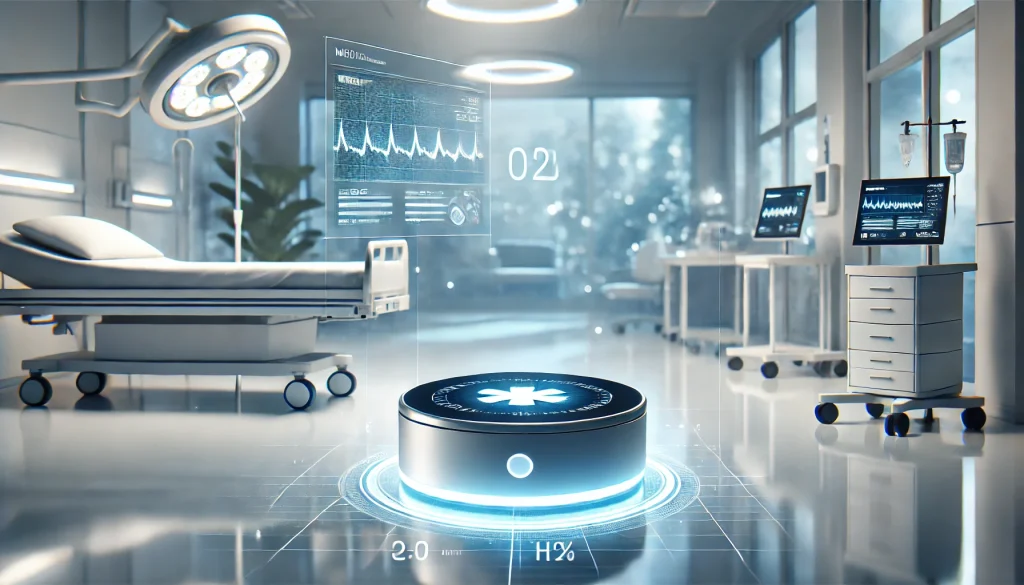
In today’s interconnected world, the convergence of edge computing and IoT devices is revolutionizing industries across the globe. The demand for real-time data processing, lower latency, and efficient decision-making has pushed edge computing to the forefront of technological advancements. But why is edge computing such a crucial innovation for IoT devices?
Edge computing moves data processing closer to the device, allowing local analysis instead of relying on a distant cloud. This leads to faster response times, reduced bandwidth, and increased security for IoT systems. By mastering edge computing solutions, companies can optimize their IoT deployments, leading to smarter cities, autonomous vehicles, and improved industrial automation. In this tutorial, we’ll dive into the essential steps and tools you need to successfully implement edge computing for IoT.
Materials or Tools Needed
To successfully deploy edge computing solutions for IoT devices, you’ll need several key components and tools:
- IoT devices (sensors, cameras, etc.)
- Edge gateway with local processing capabilities
- Edge computing software platforms (like AWS IoT Greengrass or Azure IoT Edge)
- Strong network infrastructure (supporting 5G or high-speed internet)
- Data storage and analytics tools (on-premise or cloud-based)
- Power source for IoT devices and edge gateways
Your specific IoT use case may require additional tools and components, but these foundational elements are essential for any edge computing solution.
Step-by-Step Guide to Edge Computing for IoT Devices

Step 1: Define the Use Case and Data Requirements
Before diving into the technical implementation, it’s essential to identify the specific IoT use case and the data requirements of your project. This involves evaluating:
- What type of data needs to be collected? (temperature, motion, video, etc.)
- How frequently the data needs to be processed?
- Whether immediate action is required based on real-time data analysis?
- How much data should be sent to the cloud for long-term storage?
This step ensures you have a clear understanding of your needs and will guide the architecture of your edge computing solution.
Step 2: Choose the Right Edge Gateway
An edge gateway serves as the central processing hub for IoT devices. It must be capable of handling the required data processing and supporting the communication protocols used by your IoT devices, such as Bluetooth, Zigbee, or Wi-Fi. When selecting an edge gateway, consider the following factors:
- Processing power: Can the gateway process data locally without significant delay?
- Connectivity: Does it support the necessary communication protocols?
- Security: Does the gateway have built-in features like encryption and secure boot to protect data?
For example, industrial IoT solutions often require robust gateways that can withstand harsh environments while handling large data volumes.
Step 3: Implement Edge Computing Software
With the edge gateway in place, the next step is to deploy edge computing software that can process and analyze data locally. Popular platforms include:
- AWS IoT Greengrass: This allows you to extend AWS functionality to edge devices.
- Microsoft Azure IoT Edge: Provides cloud intelligence locally by running Azure services on edge devices.
- NVIDIA Jetson: Designed for AI-driven edge computing, particularly useful for real-time video processing.
Choose the platform that best integrates with your existing infrastructure and supports your data processing needs.
Step 4: Set Up Data Processing Pipelines
Now that your edge computing infrastructure is in place, it’s time to configure the data processing pipelines. These pipelines control how data flows from IoT devices to the edge gateway, where it is processed locally before either triggering an action or being sent to the cloud for further analysis.
In a smart city scenario, traffic cameras monitoring congestion process video data at the edge to detect potential traffic jams. The system then adjusts traffic lights in real-time, significantly reducing latency compared to cloud-based solutions.
Step 5: Test and Optimize Your Solution
Finally, it’s crucial to test your edge computing solution in real-world scenarios. Start by running small-scale tests to ensure the system can handle data processing requirements without delays. Monitor the following:
- Latency: Measure how quickly data is processed and actions are triggered.
- Data accuracy: Ensure that edge devices are accurately processing and interpreting data.
- System stability: Check that the edge gateways and IoT devices operate reliably over time.
Once testing is complete, optimize your solution based on feedback and real-world performance. This might involve adjusting the data processing pipelines or upgrading hardware to improve speed and efficiency.
Do’s and Don’ts

Edge computing brings many advantages, but it’s important to consider a few critical factors to ensure a successful deployment for IoT devices.
- Optimize for low latency: One of the main benefits of edge computing is the ability to process data closer to the source. However, poorly optimized solutions can still introduce latency. Ensure your edge gateway has enough computing power and configure the data processing pipelines correctly to avoid this issue.
- Balance edge and cloud: While edge computing reduces the need to send all data to the cloud, it’s important to strike a balance. Send data like historical analytics or large-scale trend analysis to the cloud for long-term storage and deep learning applications.
- Security concerns: Edge computing will introduce additional security vulnerabilities, especially if IoT devices are widely distributed or located in unsecured areas. Implement strong encryption protocols and regularly update your edge devices to avoid potential breaches.
To avoid common mistakes, include neglecting the need for ongoing software updates, failing to account for scalability, and overlooking the importance of real-time monitoring of edge gateways.
Conclusion
Mastering edge computing solutions for IoT devices is an essential skill for anyone looking to stay ahead in today’s tech-driven world. By following this step-by-step guide, you’ll be able to implement a robust edge computing solution that optimizes your IoT deployments, reduces latency, and ensures better real-time data processing. Whether you’re working in industrial automation, healthcare, or smart cities, edge computing holds the key to unlocking new possibilities.
FAQ
How does edge computing benefit IoT devices?
Edge computing allows IoT devices to process data locally, reducing the need to send large volumes of data to the cloud. This results in faster response times, lower latency, and improved data security.
What are the key components of an edge computing solution for IoT?
The key components include IoT devices, an edge gateway, edge computing software, and a strong network infrastructure. These elements work together to process and analyze data closer to the source.
Can edge computing solutions scale with growing IoT deployments?
Yes, edge computing is highly scalable. As the number of IoT devices increases, additional edge gateways and processing units can be deployed to handle the increased data load.
Resources
- IBM. What is Edge Computing?.
- STL Partners. IoT and Edge Computing: A Critical Partnership.
- Red Hat. IoT and Edge Computing Need to Work Together.
- IEEE Computer Society. The Benefits and Challenges of Edge Computing in IoT.
- TechTarget. How to Implement Edge Computing in 5 Steps.
